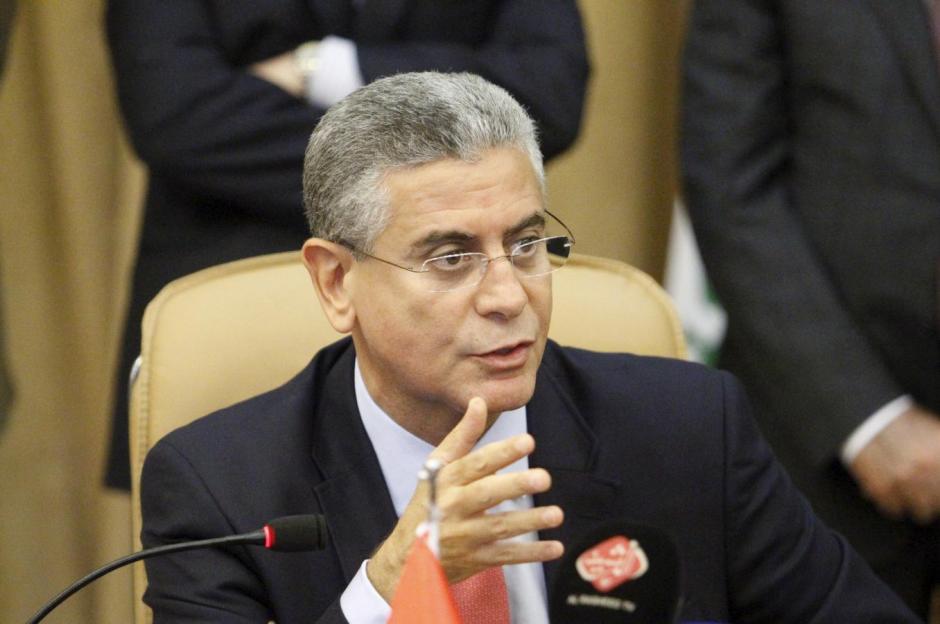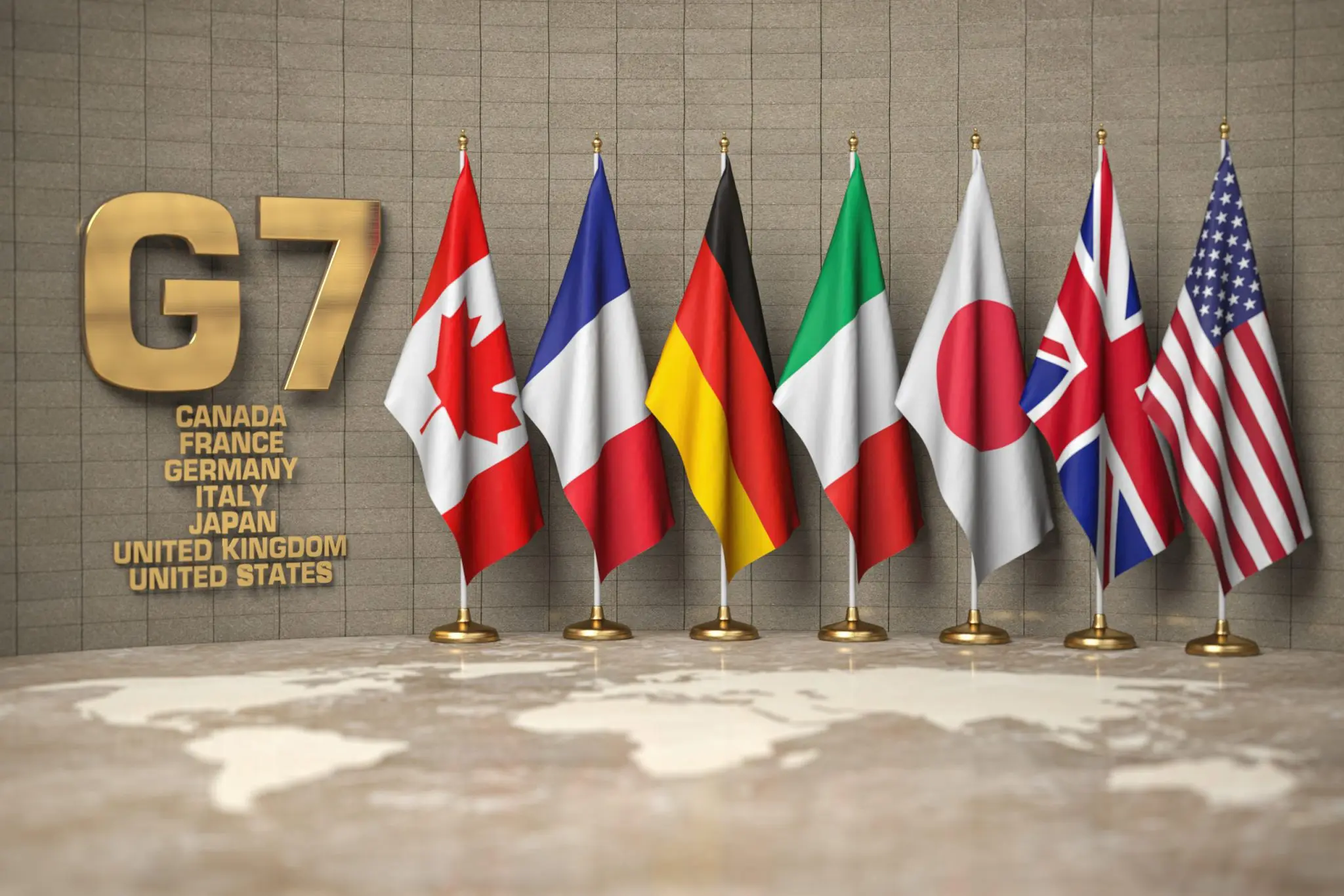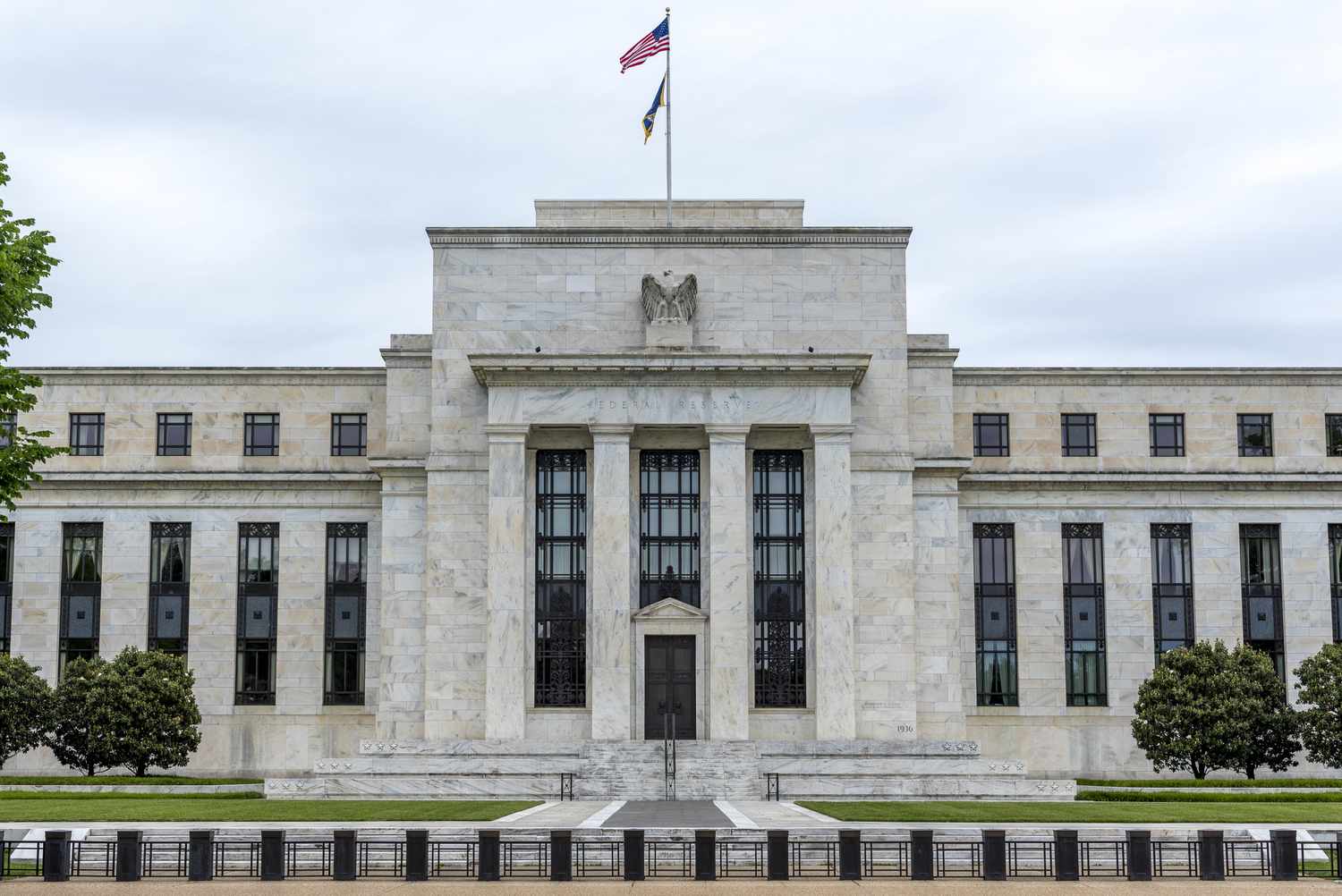The economies of the Middle East and North Africa (MENA) region are expected to grow by 5.5% this year —the fastest rate since 2016—followed by a slowing of growth to 3.5% in 2023, the World Bank says.
Yet this growth is uneven across the region, as countries, still struggling to overcome the lasting effects of the COVID-19 pandemic, face jolting new shocks from higher oil and food prices brought on by the Russia-Ukraine war, rising global interest rates, and slowdowns in the United States, China, and the Euro area, the Washington-based institution adds.
The World Bank’s latest economic update, titled “A New State of Mind: Greater Transparency and Accountability in the Middle East and North Africa,” finds that the region’s oil exporting countries are benefiting from high hydrocarbon prices, but oil importing nations confront different circumstances.
Oil importers face heightened stress and risk from higher import bills, especially for food and energy, and tightening fiscal space as they spend more on price subsidies to cushion the pain of price rises on their populations.
“All countries in the MENA region will have to make adjustments to deal with significantly higher prices for food and other imports, especially if they lead to an increase in government borrowing or currency devaluations,” said Ferid Belhaj, World Bank Vice President for the MENA region.
“What countries need now is smart governance to weather the storm and begin to rebuild after multiple shocks on top of the pandemic.”
The Bank’s analysis forecasts diverging paths of growth in the region.
The countries of the Gulf Cooperation Council (GCC) are on track to grow by 6.9% in 2022, buoyed by high hydrocarbon earnings, slowing to 3.7% in 2023 as hydrocarbon prices subside.
Developing oil exporters are forecast to experience trends like those of the GCC but at lower levels—with 2022 growth expected to increase to 4.1%, led by Iraq, before falling back to 2.7% in 2023.
Developing oil importing countries are expected to grow by 4.5% in 2022 and 4.3% in 2023. However, the slowdown of growth in Europe poses a particular risk, as this group of countries relies more on trade with the Euro area—especially the North African oil importers closest to Europe: Tunisia, Morocco, and Egypt.
Across the region, policymakers have introduced measures—especially price controls and subsidies—to make the domestic price of certain goods, such as food and energy, lower than the global price.
Some governments have made cash payments to poorer households—a more efficient way of helping the poor deal with rising prices than general market subsidies that lower prices for everyone, including the rich.
Governments will incur additional expenses as they increase subsidies and cash transfers to mitigate the damage to the living standards of their populations from higher food and energy prices.
Developing oil importers, however, do not have such a windfall and will have to cut other expenditures, find new revenues, or increase deficits and debt to fund the inflation mitigation programs and any other additional spending.
Moreover, as global interest rates rise, the debt service burden for oil importers will increase, as they must pay a higher rate of interest both on any new debt they incur and existing debt they refinance, weighing on countries’ debt sustainability over time—especially for countries with already high debt levels, such as Jordan, Tunisia, and Egypt.



